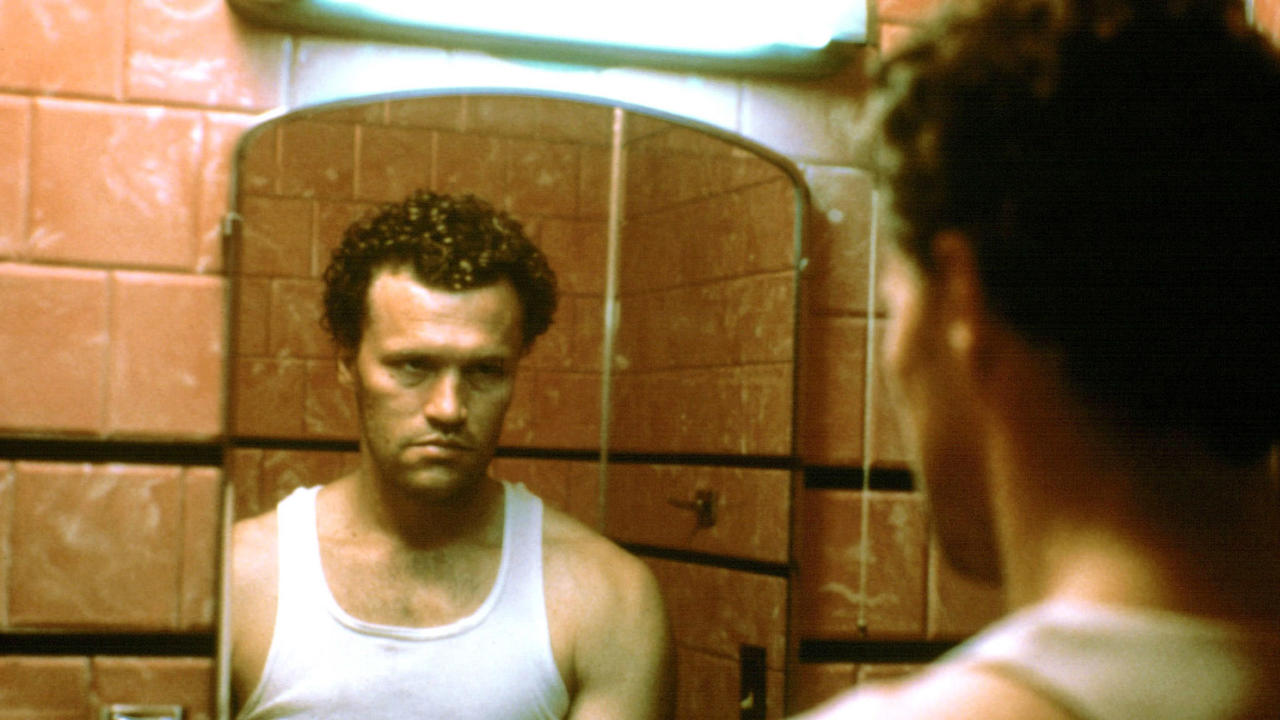
When we think of horror films’ settings, the first locations that come to mind will likely be fog-strewn manors, quiet American suburbia, claustrophobic forests or macabre rural lairs. Very rarely do we think of cities, the places home to over half of humanity, as being an effective setting for horror cinema.
The canon of horror is synonymous with those aforementioned locations, which often rely on their isolation and eerie, ‘unknown’ emptiness for their unnerving nature. Cities offer something different. They can be used as potent metaphors for mental collapse, as places of ironic isolation or as explorations of brutal inequalities.
This list moves chronologically from films made in Hollywood’s Golden Age to those that reflect the postmodern, digitized disconnect of the contemporary world. En route it attempts to forge a canon of the horror films that reveal something about the urban experience. These films suggest something uniquely troubling – that there may be greater horrors around us every day than out in the so-called ‘unknown’.
1. Cat People (1942)
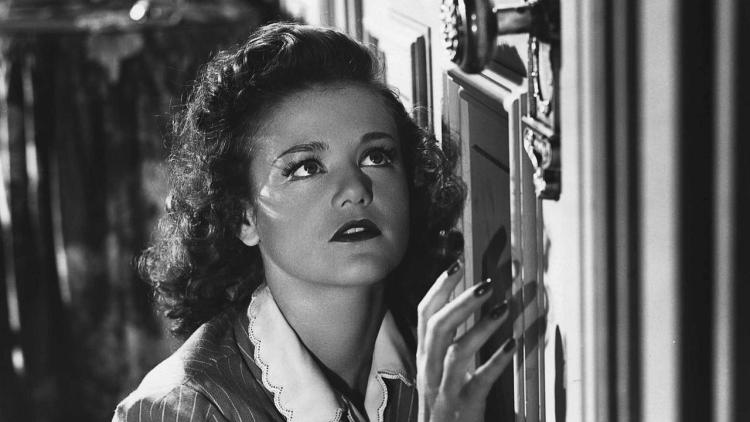
An oddity from Hollywood’s Golden Age, Cat People is possibly, though it’s obviously difficult to definitively say, the first horror film set in an American urban environment. Here, New York City is placed front and center, right from the opening scene set in Central Park Zoo. Much of the action takes place there or in urban interiors, such as grand townhouse apartments and large office spaces, lit with noir ambiance that infused Cat People with a rich air of sensuality.
Several scenes are the stuff of horror movie legend. A brilliantly constructed sequence involving Simone Simon’s lead character (and possible shape-shifting big cat) pursuing a woman through the quiet Manhattan streets is often credited as climaxing with the first ever jump scare. There’s also the ultra-suspenseful scene where a character is trapped in a swimming pool, stalked by animal noises and textured shadows that eerily splay across the walls.
These two iconic sequences are made all the more spooky by their enigmatic nature. While there is a conventional B-movie narrative running through Cat People, director Jacques Tourneur and producer Val Lewton imbue the film with a sophisticated and mysterious ambiguity, rife with sexual danger and psychological depth. The Manhattan setting fuels this milieu, layering mist, fog and quiet late-night menace atop the supernatural psychodrama.
2. Rosemary’s Baby (1968)
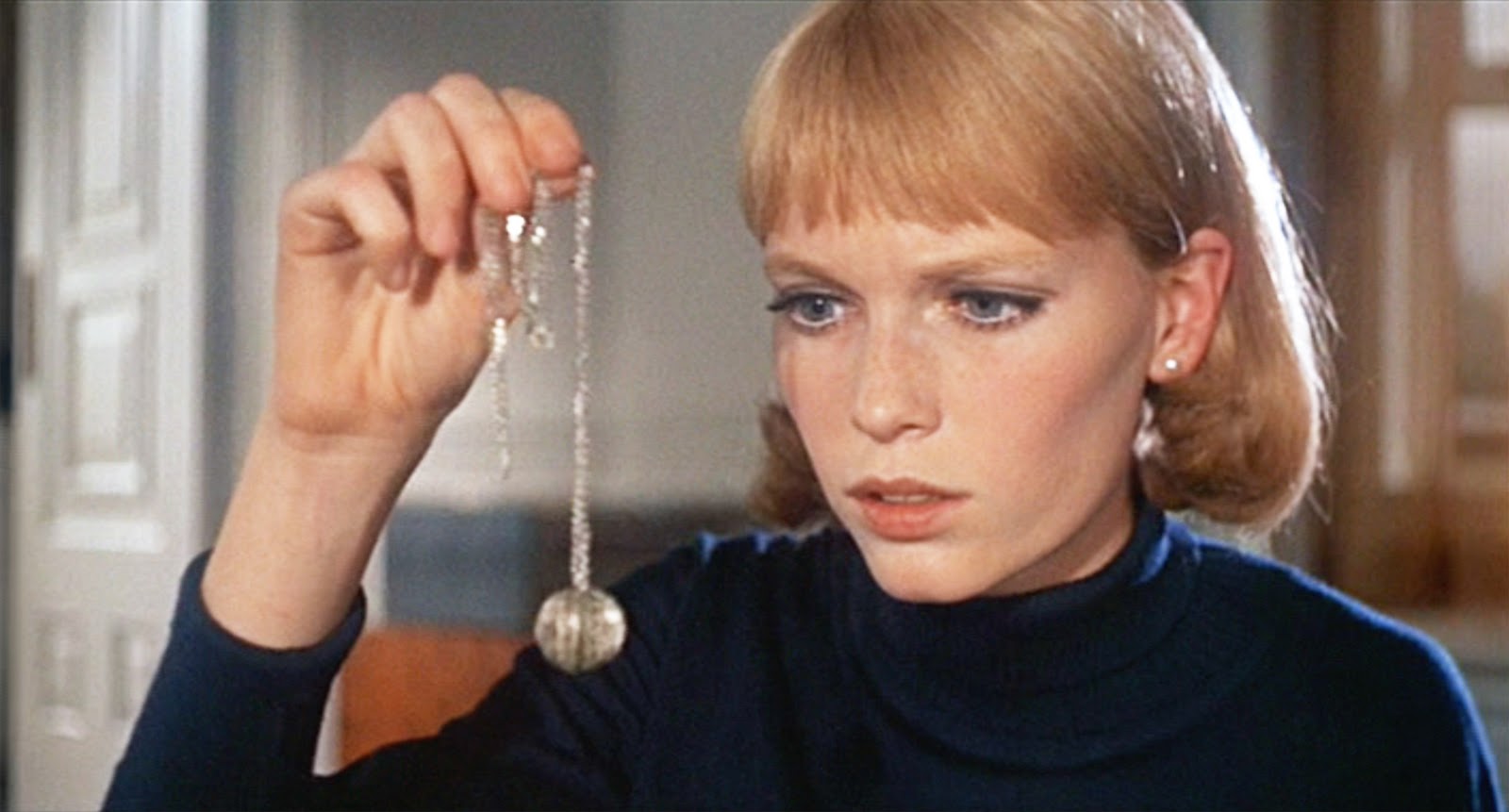
Similar in setting to the previous installment of this list, Rosemary’s Baby finds impending menace and outright terror within the confines of a luxurious Manhattan townhouse. Director Roman Polanski’s 1965 masterclass Repulsion had explored similar themes of psychological distress within the confines of a claustrophobic apartment, which here he extrapolated in resplendently gothic fashion to encompass relatable anxieties around untrustworthy partners, nosy neighbors and pregnancy.
The doom-laden tale follows Rosemary Woodhouse (played magnificently by a young Mia Farrow) who moves into a grandiose apartment with her actor husband and starts to become paranoid about the possibly-occult motivations of her husband, doctor and eccentric neighbors. The setting becomes increasingly more prominent as Rosemary descends further into paranoia and the walls of security (both figurative and literal) around the lead character start to disintegrate.
For the apartment’s exterior shots the crew used the lavish Dakota Building. Polanski’s wife Sharon Tate was on set throughout filming and a year after the film’s release she and her unborn child were brutally murdered by the Manson cult. Charles Manson’s apocalyptic worldview infamously stemmed from his reading of The Beatles’s White Album, which was in part written in India with Mia Farrow in attendance. Eleven years later, the Dakota building was the setting of Beatle John Lennon’s murder. This strange tangle of dark coincidences adds an unintended layer of eeriness to Rosemary’s Baby, with the Dakota Building at its uncanny center.
3. The Driller Killer (1979)
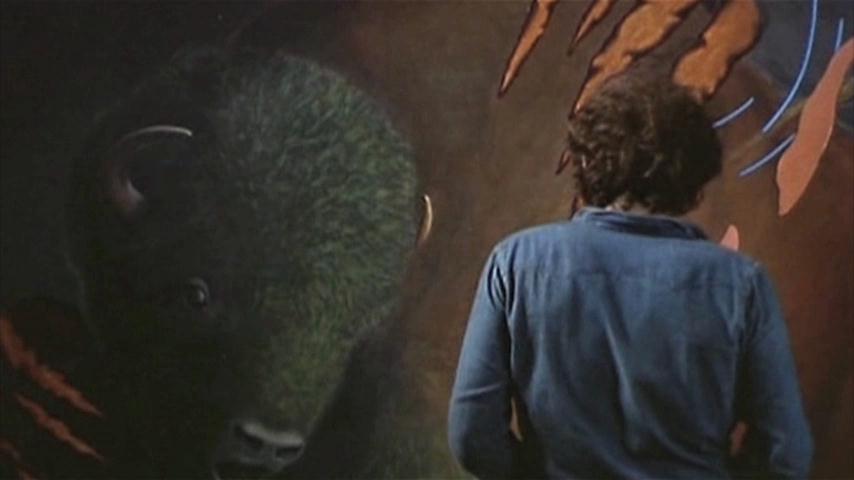
The final film in this list’s ‘New York City trilogy’ is Abel Ferrara’s scrappy debut The Driller Killer. If Cat People showed Manhattan in all its grandiose mystery, Rosemary’s Baby revealed the cracks in its foundations, The Driller Killer portrays the city’s ugly, bloody underbelly. New York City had hit its grimy low in the late seventies and The Driller Killer intertwines this social breakdown with that of the lead character’s own mental degradation.
Apocryphal legend states that Ferrara (who also stars as the film’s lead character) came up with the film’s narrative to utilize footage he’d shot for a documentary on New York winos. Whether or not it’s wholly true, The Driller Killer makes excellent use of the footage of the city at its most grubby. It overflows with signifiers from this period of New York’s history – downtown lofts turned into art studios, ultra-cool no wave punk bands, garbage-filled alleys and gangs roaming the nocturnal streets.
The film gained infamy after being banned in the UK as one of the so-called ‘video nasties’. However, The Driller Killer isn’t really a horror film. There’s a few gory kills, but it’s more of a blackly-comic psychodrama, a poor-man’s Taxi Driver. Its brash fusion of personal collapse with that of the city’s is what makes it really tick, resulting in a fascinating time capsule from a long-gone era.
4. Possession (1981)
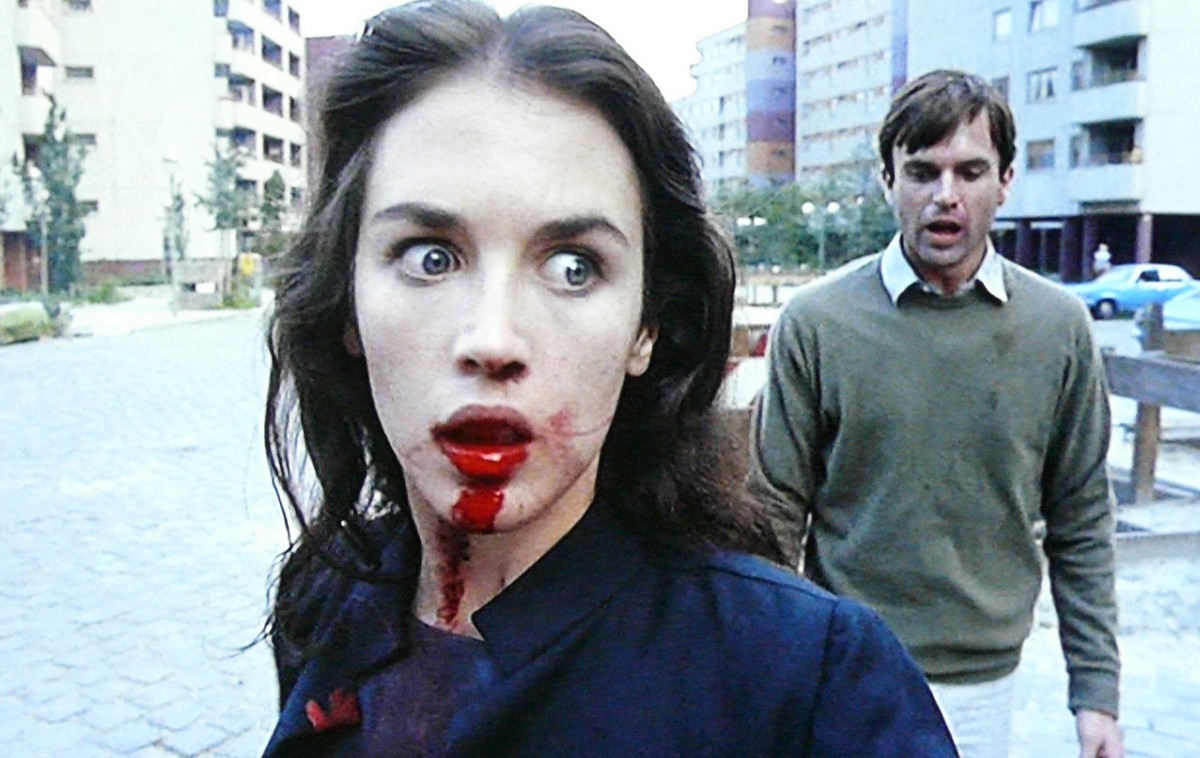
Few films have had such a dramatic rediscovery as Andrzej Żuławski’s demented masterpiece Possession. Following a muted initial reception, the 1981 film is now recognized as an offbeat horror classic, one that flicks between moods and genres with all the elegance and finesse of a manic depressive episode. It’s a heady, thrilling and confounding watch, one that leaves a lingering sting.
Nominally a tale of a messy divorce, Possession layers Lovecraftian horror, doppelgangers, spy drama and an apocalyptic climax atop its hysterical breakup tale. Amidst all the craziness, however, is an intriguing urban setting. Possession is very deliberately set in Berlin during the height of the Cold War, divided by the Berlin Wall, which separated the world’s East from West. Both the character’s main apartment as well as another containing something very disturbing are situated next to the Wall, symbolizing the similarly-poisonous divisions of the film’s divorcing main characters.
It’s far from a subtle metaphor, however, by the time the film reaches its explosive denouement, it makes total, arresting sense. Few horror films have succeeded in using the urban space with such startling metaphorical power.
5. Tenebre (1982)
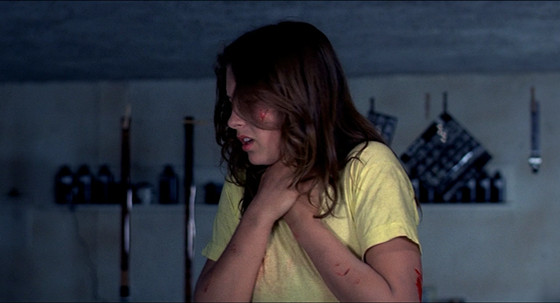
Within cineaste circles there’s endless debates over what is giallo maestro Dario Argento’s masterpiece. Suspiria usually wins the popular vote, while Deep Red tends to be the genre fans’ favorite. There’s an equally compelling case to be made, however, for 1982’s masterful Tenebre. A familiar narrative belies the film’s thematic sophistication and visual sheen, which utilizes a distinctly stylized urban landscape.
Tenebre is the complete package. Argento’s camera trickery, including one incredible long take that moves up down the outside of a building, operates in stylish overdrive, the disco-inflected soundtrack work of Claudio Simonetti (keyboardist of usual Argento collaborators Goblin) is an all-time great OST and there’s unusual thematic depth that explores postmodern notions of authorship and self-reflexivity.
However, what makes Tenebre really stand out within its creator’s oeuvre is its gleaming, futuristic setting. The director has described it as taking place “about five or more years in the future”. The locations for much of the action are grand Bauhaus houses and unpopulated streets and plazas. Argento has also said that in his sparse imaginary city “something has happened to make it that way but no one remembers, or wants to remember”. Knowledge of this shines a whole new light on Tenebre and makes this gloriously rich film an even more fascinating watch.